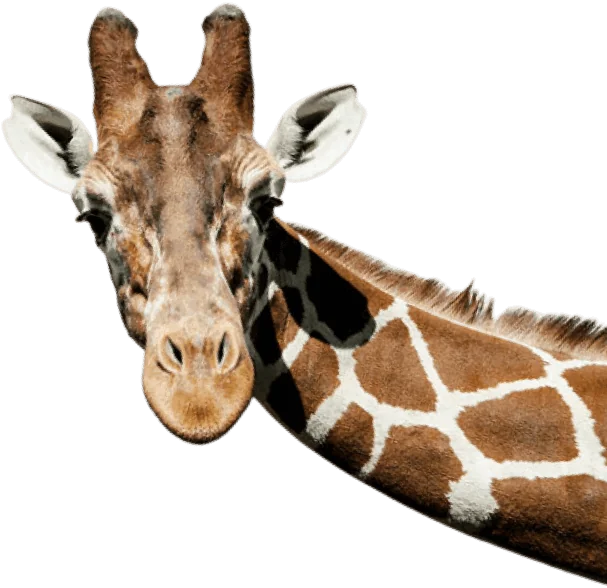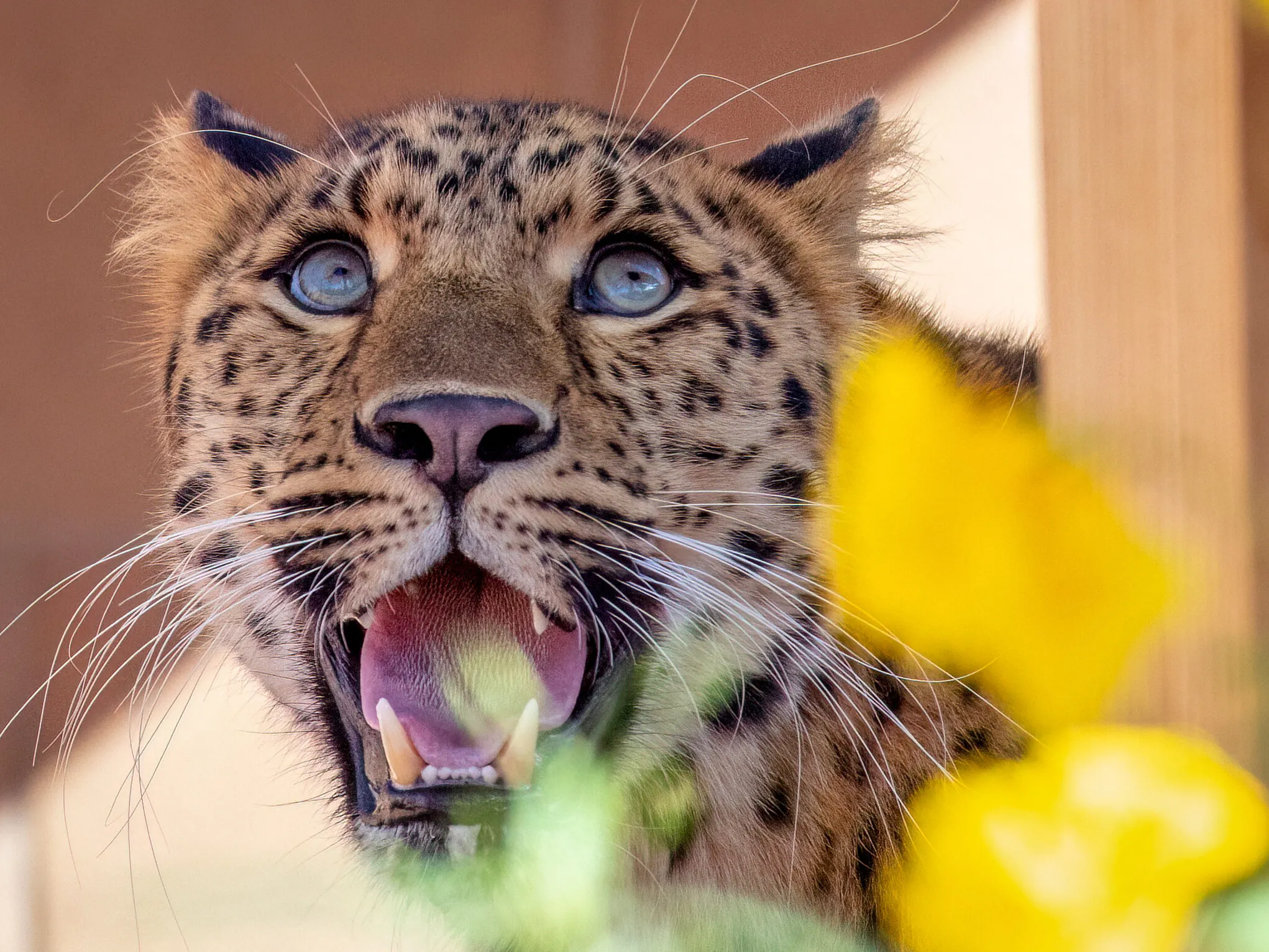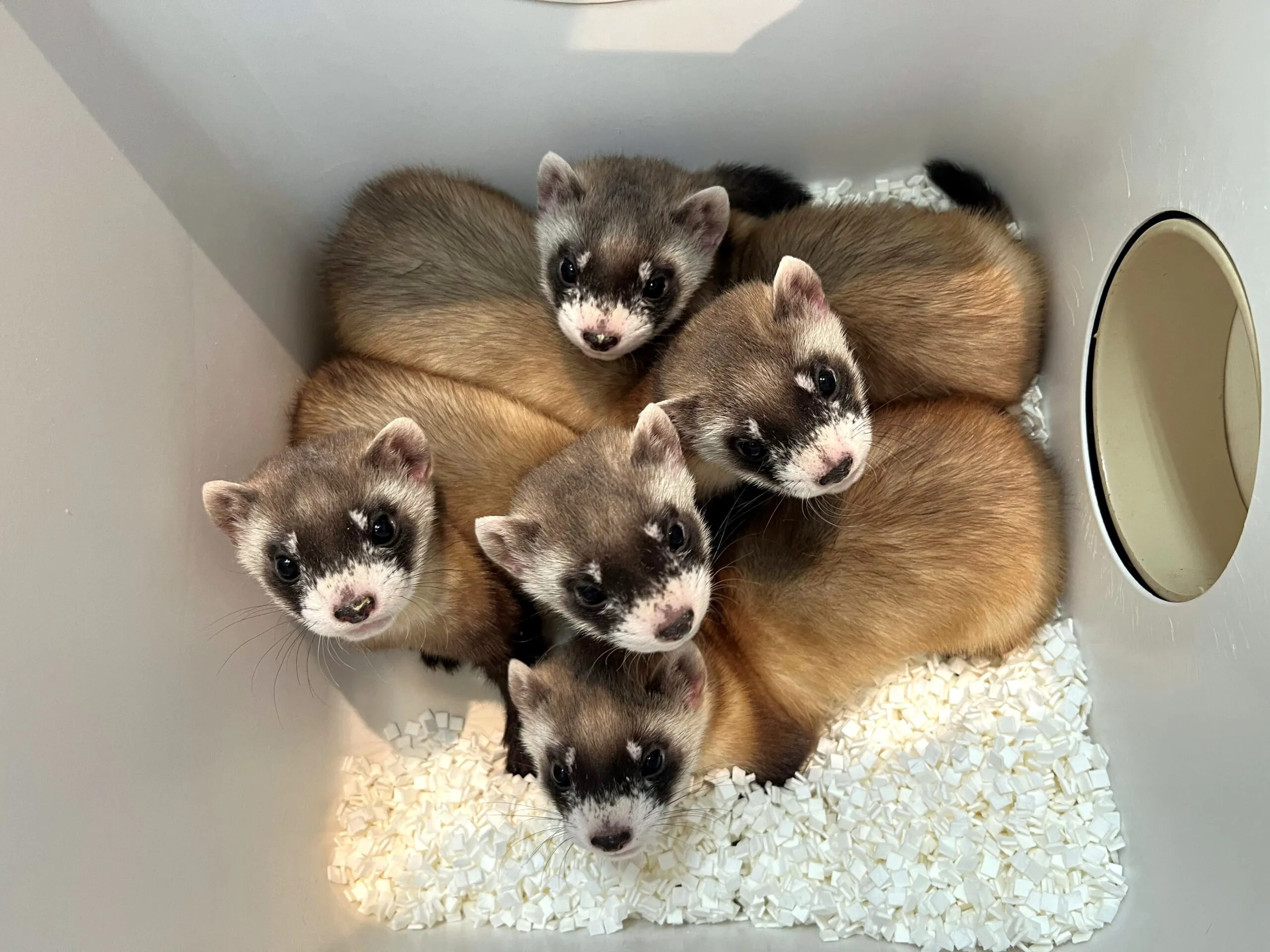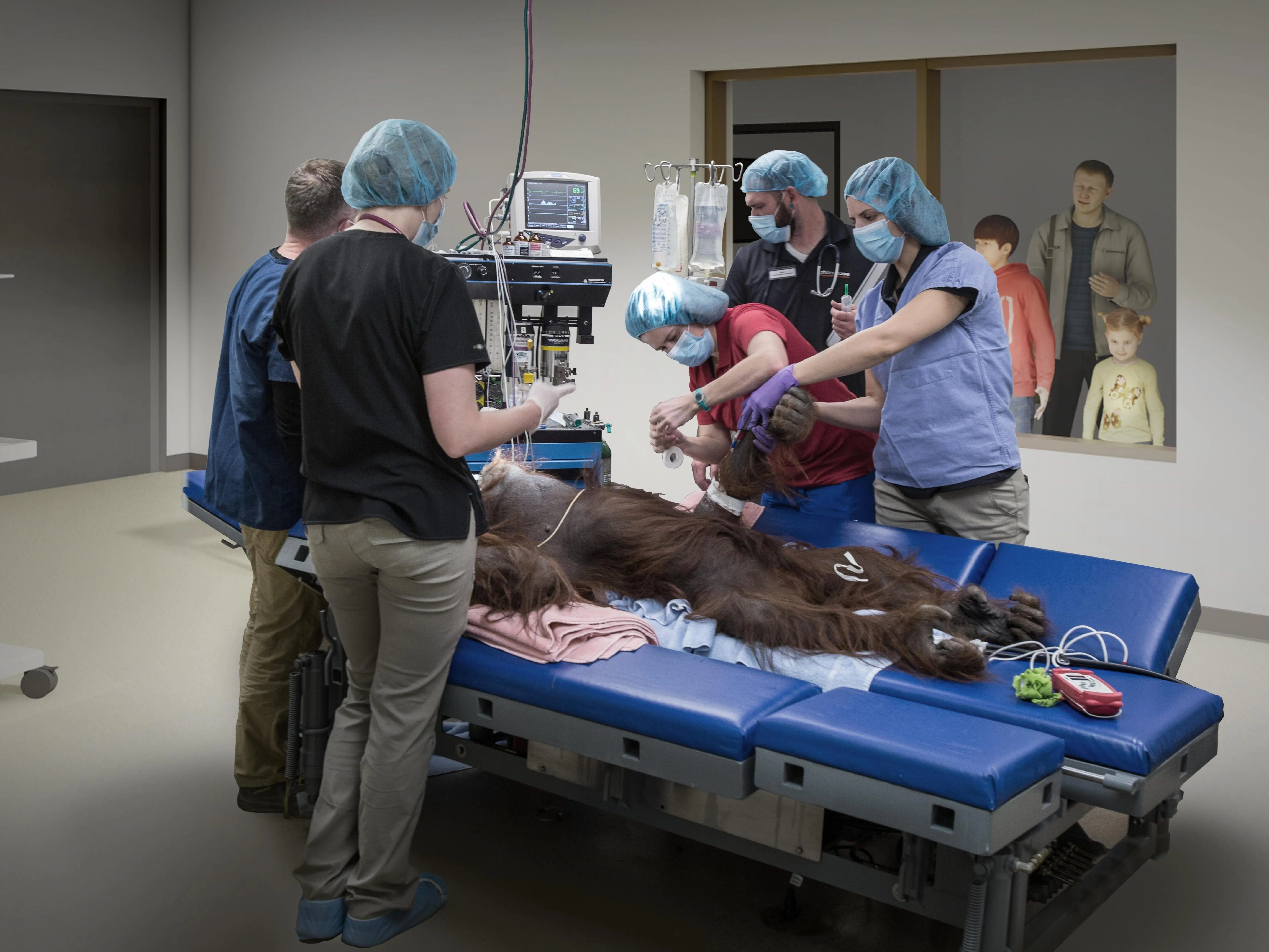GILA MONSTERS
Heloderma suspectum
BIG Lizards!
Gila monsters are the largest lizards native to the United States, reaching a maximum length of up to 24 inches. Protected in every state where they occur and in Mexico, they’re active only between March and November. But even then, these shy reptiles are rarely seen, spending about 98 percent of their time in burrows out of sight.
Capable of eating around 40 percent of their body weight at one time and storing fat in their chubby tails allows them to go long periods without eating. They might only eat 4-5 times per year, feeding primarily on nestling birds, eggs and small rodents.
Venom
Gila monsters are one of only two venomous lizards in the world. Their venom, produced in glands in the lower jaw and delivered through grooves in the teeth, has evolved as a defense mechanism and is not used to kill prey. After biting a potential predator, they will hang on tight and allow the venom to flow into the bite wound. The venom causes intense pain, swelling and nausea, but is rarely fatal to humans. Young children or people with other medical concerns would be most at risk.
As with the venom of many species, Gila monster venom is being studied for potential medical applications. Currently, a protein it contains is used to treat type 2 diabetes.
Beaded Buddies
Mexican beaded lizards are the only other venomous lizards in the world and close cousins to Gila monsters. Very similar in appearance though much larger than Gila monsters, adult males can be more than three feet in length. Like Gila monsters, they have the same rough, beaded skin. Their skin contains hundreds of tiny individual bones called osteoderms. This gives them that beaded appearance and protection from a thorny environment and makes it difficult for predators to bite them.

Diet: birds, eggs, rodents, lizards, frogs, insects, carrion
Zoo Diet: young quail, rodents, eggs
Habitat: deserts, scrublands, grasslands, woodlands
Length: 18 – 24 in.

Plan your visit today!
The Phoenix Zoo is one of the largest non-profit zoos in the U.S., caring for over 3,000 animals, with nearly 400 species represented, including many threatened/endangered species.







